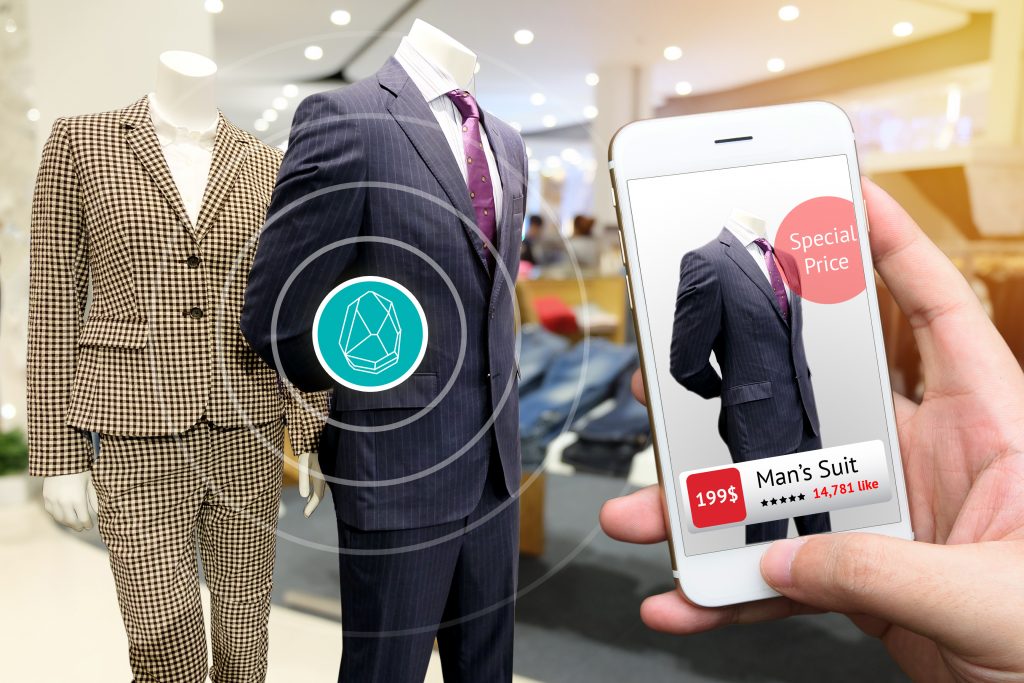AR and VR: the solutions of green companies

Decline and environmental sustainability are among the most discussed issues in recent years.
In this regard, more and more companies have mobilized to promote green solutions: re-evaluating their internal processes and adopting eco-sustainable practices, which help reduceCO2emissions.

Consumers who choose eco-sustainability
A Nielsen survey shows that millennials are more inclined to change habits to reduceenvironmental impact.
66% of consumers would pay more for a sustainably created product.
81% of global consumers are adamant that companies should be environmentally conscious.
How are AR AND VR allies of sustainability?
The reuse and recycling industry is a huge area, and the renewable energy market is expected to reach $2.15 trillion by 2025.
For example, Apple aims to become 100% carbon neutral for its products and supply chain by 2030.

1. Smart Cities
Smart Cities intend to build climate-resistant infrastructure with the help of technological add-ons that offer convenience and help in governance.
AR and VR,combined with location or spatial intelligence, can help in the development of integrated public spaces that are tuned into environmental conservation, health and safety, transportation and fuel, and cultural heritage conservation.
Augmented reality solutions are crucial for spatial planning projects as they provide contextual scale and use, enabling the creation of the most suitable models.

Learn more about Augmented Reality and Virtual Reality.
2. Packing
The implementation of AR packaging is an environmentally friendly and scalable solution that increases user engagement with the brand.
The user must wield a smartphone to turn the packaging into a particular brand discovery channel and interact with interactive and immersive ways to enable purchase intent, loyalty and repeat sales.
3. Fashion & Retail
Rapidly changing fashion demands and clothing production technology are currently unsustainable trends.
AR and VR technology can be leveraged to convert designs into 3D renderings and view them from anywhere. This can help save material waste and many other pollutants such as chemicals and dyes.

4. Branding and advertising
Burger King took a step towards sustainability, removed all plastic toys and replaced them with a web-based augmented reality (AR) experience for the children's meal option.
Smartphone users can scan QR codes on Burger King's toy tags, packaging, and signage, and can participate in a game that challenges players to defend three AR-created 3D eggs and receive upgrade rewards.
5. Zero Consumption
Prototypes created in AR before finalization and launch are an extremely cost-effective way to save on material consumption.
Countless conceptualizations and modifications can be carried out with zero consumption.
6. Less carbon and pollution
AR technology allows people to connect and network in real time, through a real overlap in the physical space of the other, thus saving time, costs, fuel and reducing pollution.

This also allows brands to experience large events and launches.
With AR, product launches can happen anywhere, anytime, and engage a large audience without anyone getting up from the couch.
A sustainable future in AR is possible
The possibilities with AR are limitless and can extend far beyond imagination.
Leveraging the use of this technology can help create brands that focus on social responsibility and environmental sustainability,reducing consumption and costs, leading to better productivity and profit margins.
